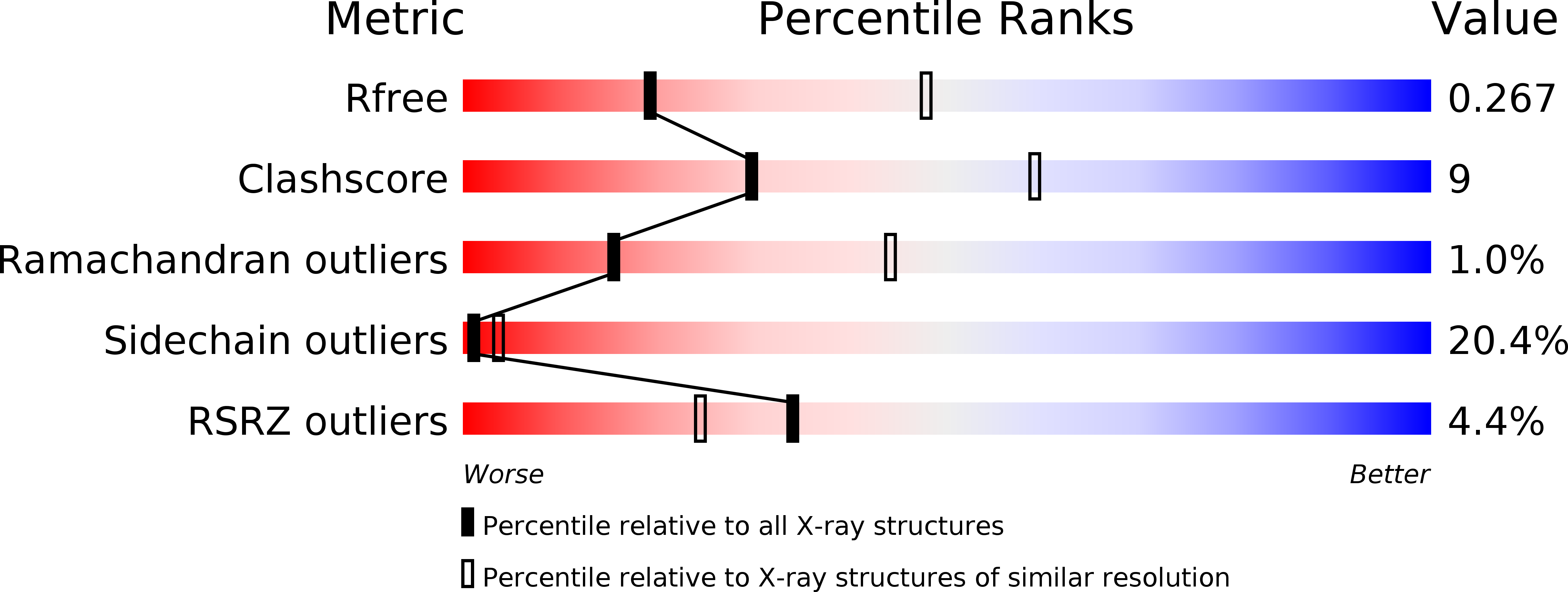
Deposition Date
2011-05-25
Release Date
2012-05-30
Last Version Date
2024-11-13
Entry Detail
PDB ID:
2YK0
Keywords:
Title:
Structure of the N-terminal NTS-DBL1-alpha and CIDR-gamma double domain of the PfEMP1 protein from Plasmodium falciparum varO strain.
Biological Source:
Source Organism:
PLASMODIUM FALCIPARUM (Taxon ID: 5833)
Host Organism:
Method Details:
Experimental Method:
Resolution:
2.80 Å
R-Value Free:
0.25
R-Value Work:
0.21
R-Value Observed:
0.21
Space Group:
C 1 2 1


